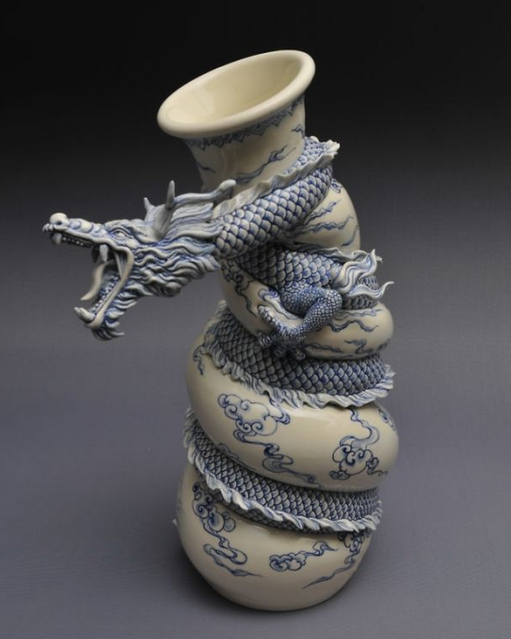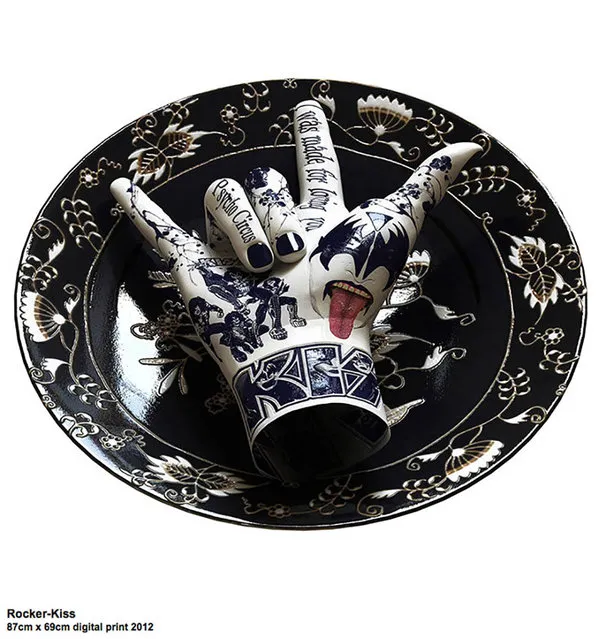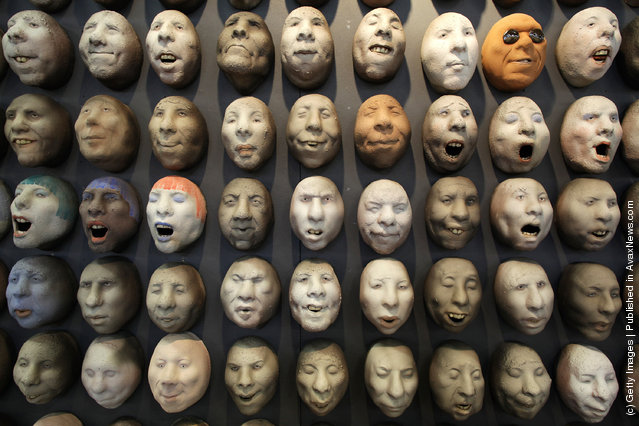
Artist Johnson Tsang has been posting an amazing series of process photos over on his blog that demonstrate how he makes many of his bizarre ceramic creations. One piece that really stood out is called ‘A Painful Pot’, which is a functional teapot being squeezed by a dragon, its head functioning as the spout.
03 Feb 2014 12:11:00,post received
0 comments







